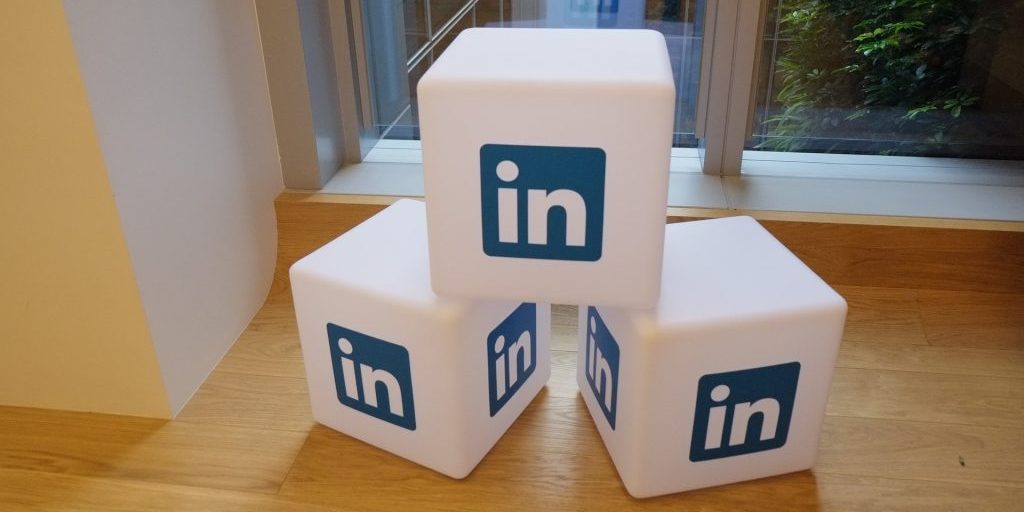LinkedIn a Connection Tool for Lawyers
BY Tami Kamin Meyer

LISTEN
Every minute, two people sign up for LinkedIn, and it is a good bet that many will need an attorney at some point in their lives. Not only that, writers and authors seeking experts to interview for stories and books flock to the site, entrepreneurs turn to it for advice and networking, and lawyers log in to communicate with other attorneys, potential clients and others.
According to Adrian T. Dayton, founder of ClearView Social, a one-click, cross-platform social sharing site aimed at lawyers,
“It’s imperative for attorneys to be where their potential clients are, and that means online. More specifically, LinkedIn is a powerful networking and communication tool lawyers must be on in a meaningful way.”
LinkedIn has proven as a fertile social media platform for generating business and encouraging networking among professionals. So much so, that at Dayton’s start-up, clients have been coached on how best to tap into LinkedIn's marketing powers.
Kate Paine is one such entrepreneur. Through her company, Standing Out Online, Paine counsels clients, including attorneys, about how to maximize their LinkedIn experience to impact their bottom line and establish and solidify their credibility. Paine describes LinkedIn as a business platform that “offers value and invites engagement.”
There are at least two ways attorneys can tap into the powers of LinkedIn, she says. One is to post articles using LinkedIn’s publishing platform, a practice that also serves to positively impact the writer’s scoring on search engines.
A second way is to post updates on LinkedIn. The goals of these missives can vary. For example, they could be thought-provoking pieces designed to encourage discussion or perhaps solidify the lawyer’s reputation. However, posts involving religion or politics are generally frowned upon if the attorney’s overall goal is to establish professional goodwill.
Tipping Points
According to Paine, there are specific steps a lawyer should take to tap into the powers of LinkedIn. For one, the attorney should pay careful attention to their LinkedIn profile.
She says elements of a strong LinkedIn profile page include a recent professional headshot and a captivating headline designed to tell the lawyer’s story. As for the photo, “make sure people can see your eyes,” says Paine.
“Tell your personal story. It could be an important backstory about why you became a lawyer or became interested in a certain area of law. Be conversational and write in your own voice,” Paine says.
John Nemo also has suggestions for strengthening an attorney’s LinkedIn profile. Nemo, founder of LinkedIn Riches and the author of a book by the same name, says it is imperative to create a “client-facing profile.”
In Nemo’s opinion, “most LinkedIn profiles are boring and about the attorney.” Instead, a lawyer’s profile should be about why the counselor choose the area of law they focus on, how they can help the client and what makes them unique, he says. Nemo offers a free template to help lawyers create a powerful profile.
Joining groups on LinkedIn is an excellent way to become known among colleagues. Be active in those groups by posting relevant questions or comments, says Paine.
“Be a listener and answer questions, which are subtle ways to generate leads. If you participate enough, your name may stand out,” says Paine. She notes legalese should be avoided in general posts, which should be conversational in tone and written in the first person.
Because liability is usually at the forefront of every lawyer’s mind, it would be wise for them to include a disclaimer at the bottom of their profile indicating the comments on the page should not be considered legal advice.
Connecting on LinkedIn
When an attorney seeks to ‘link in’ with a new connection, Paine advises to always include a personalized note. Merely sending LinkedIn’s generic connection invitation is impersonal and unimpressive. Conversely, taking the time to briefly explain why you would like to connect with the person, such as naming LinkedIn connections or groups you share in common, individualizes the message. That personal touch increases the likelihood the recipient will accept your invitation to connect.
Screening those with whom you choose to connect is also important, says Nemo. He suggests considering the message you wish to convey before inviting someone to connect with you.
“Remember you are talking to your top prospect,” says Nemo.
Personalization is key on LinkedIn. “Take time to get to know with whom you are seeking to engage, especially since LinkedIn makes it so easy. They give you the common ice breakers,” sums Nemo.
LATEST STORIES



